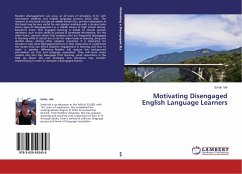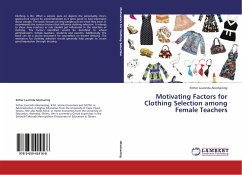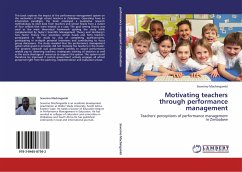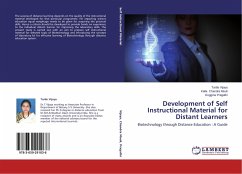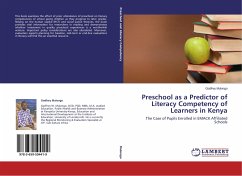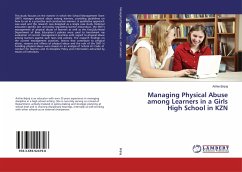Student disengagement can occur at all levels of schooling, K-12, with mainstream students and English language learners (ELLs) alike. The research in this book focuses on middle school ELLs, yet the information in this book may be very useful for any teacher working with a student who shows signs of disengagement in a middle school or high school setting. Educators know that engaged learning is linked to several positive attributes, such as the ability to process & synthesize information. On the other hand, research shows that students who are frequently disengaged in learning while at school are at risk for major losses in learning, drug and alcohol abuse, among other negative outcomes. It is imperative for educators who meet disengaged learners in their classrooms to understand the factors that can affect students' engagement in learning and how to make a positive difference. Readers will acquire key background information on ELLs and language acquisition. They will learn seven reasons why ELLs may disengage from learning, what researchers in the field say about this and strategies that educators may consider implementing in order to motivate a disengaged learner.
Bitte wählen Sie Ihr Anliegen aus.
Rechnungen
Retourenschein anfordern
Bestellstatus
Storno

